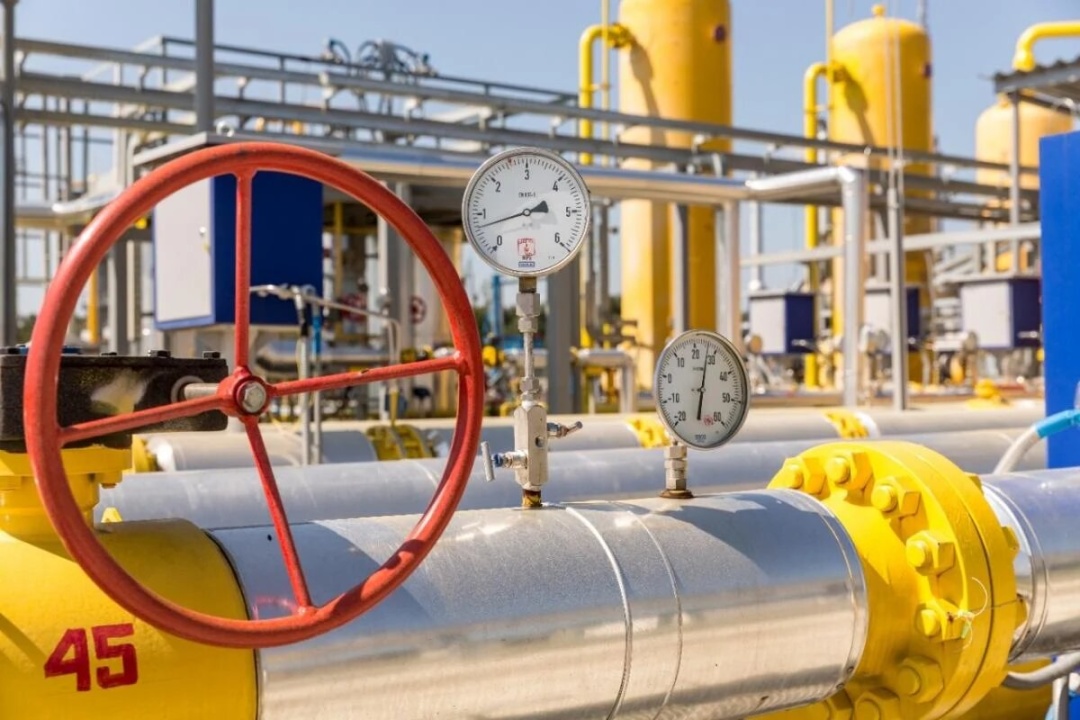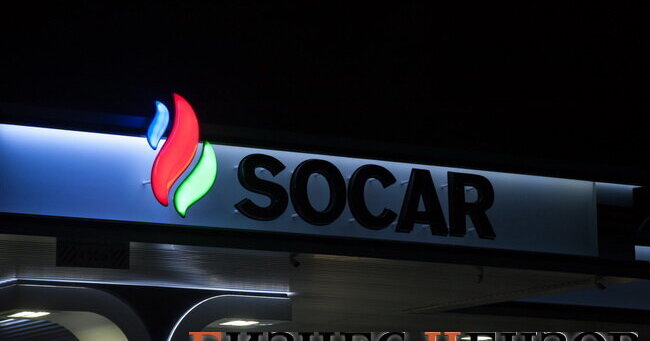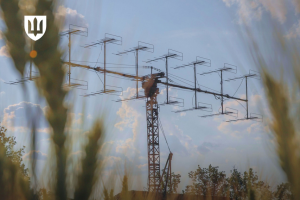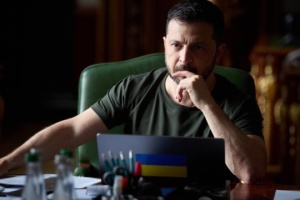
Maintaining gas transit via Ukraine: What solutions Europe is looking for
The agreement on Russian gas transit through Ukraine, which was signed between Naftogaz of Ukraine NJSC and Gazprom PJSC, is expiring this year. Ukraine’s stand on this issue is defiant: there will be no new agreement with the aggressor state. This has been repeatedly emphasized by President of Ukraine Volodymyr Zelensky. Meanwhile, European Commissioner for Energy Kadri Simson pointed out that Europe would be able to live without Russian gas.
However, not all EU countries are ready to abandon gas transit via Ukraine. Hence, considering the realities, it is not about extending the contract with Russia, but about changing the transit flows. Ukrinform’s review offers an insight into how it will look and what Europe is leaning towards.
Are there resources in the east to replace Russian gas?
The main consumers of Russian gas, which is currently transported through Ukraine, are Slovakia and Austria. And they aim to continue using this route after December 31, 2024, according to Bloomberg. One of the options for maintaining gas supplies is to replace its suppliers, namely Russia with Azerbaijan.
However, it remains unclear how this option will work, as such a scenario is complicated by political factors and logistical difficulties.
As stated by Bloomberg, the State Oil Company of the Republic of Azerbaijan (SOCAR) could take over the role of Gazprom PJSC and sell gas to Europe, or the company could facilitate transit through Ukraine.
According to the expert estimates, as cited by the publication, for the effective use of Ukraine’s gas transmission system, fuel shipments from Azerbaijan should be about 10-11 billion cubic meters annually. It is 5 billion cubic meters less than what is currently transported through Ukraine’s territory. Overall, it is likely to be a realistic objective for the new supplier, as Azerbaijan is constantly increasing gas production volumes.

Photo: Ukrtransgaz
At the end of 2023, more than 48 billion cubic meters of natural gas was produced in Azerbaijan, which is 3.8% higher compared to 2022. In the past 20 years, the country’s gas production has increased tenfold. In 2023, Azerbaijan exported 23.8 billion cubic meters of natural gas, which is 5% higher compared to 2022. Of this amount, 11.8 billion cubic meters of natural gas went towards European countries.
Following various estimates, as of 2017, Azerbaijan held 35 trillion cubic meters of proven gas reserves. With this indicator, the country was ranked 25th in the world in terms of natural gas reserves. Meanwhile, Azerbaijan’s proven gas reserves exceeded the country’s annual consumption by 95.8 times.
Azerbaijan expands gas exports
In 2023, SOCAR produced 8.4 billion cubic meters of natural gas. The company follows Azerbaijan’s general trend by increasing gas production volumes annually. Thus, 8.1 billion cubic meters of natural gas was produced by the company in 2022 and 7.9 billion cubic meters – in 2021.
At the same time, SOCAR operates not only in Azerbaijan. In November 2023, the company opened its representative office in Turkmenistan’s capital, Ashgabat. Azerbaijan has been importing the Turkmenian gas since 2022.
Additionally, the two countries are working on the joint exploration and development of the border field, Dostlug, which may give a start to gas supplies towards Europe. The corresponding memorandum was signed between Turkmenistan and Azerbaijan in 2021.
This year the company has joined geological exploration efforts on the Ustyurt Plateau, Uzbekistan. Therefore, the resources of Gazprom’s potential replacement are not limited to its home country: SOCAR is actively developing in the Caspian region and Central Asian countries.

Additionally, SOCAR is actively working to develop natural gas exports. From September 1, 2024, the company began to export gas to Croatia. This Balkan state became the tenth country to receive Azerbaijani gas. In addition to Croatia, natural gas supplies from the Caspian region go towards Italy, Greece, Bulgaria, Romania, Hungary, Serbia, Slovenia, Türkiye and Georgia.
As stated by President of the Republic of Azerbaijan Ilham Aliyev, the Azerbaijani side is in talks to supply gas to at least three more European countries. Overall, Azerbaijan’s natural gas exports towards Europe are expected to double by 2027. In 2024, Europe is expected to receive 13 billion cubic meters of Azerbaijani gas.
At the same time, according to Bloomberg, the European gas storage facilities are full, and gas transit through Ukraine’s gas transmission system currently accounts for less than 5% of the total volume of supplies to the continent. But, for some countries, such as Slovakia and Austria, the new sources of imports may result in higher prices, which their politicians do not like.
Benefits, risks and concerns
In Ukraine, some experts express concerns about the possibility of mixing Azerbaijani gas with Russian gas in the event of signing a transit agreement, or even a ‘documentary’ replacement, when the gas is listed as Azerbaijani in documents but, in fact, comes physically from Russian fields. However, such a risk can be avoided if there is a clear technological control over the origin of natural gas for transit purposes.
Meanwhile, a potential agreement on the transit of Azerbaijani gas can bring geopolitical benefits to Ukraine. In addition to revenues from the transit itself, this will strengthen partnership relations with a number of states and, overall, Ukraine’s influence on the energy map of the continent. Transit can also be used as a lever of influence in the geopolitical arena, which in the conditions of Russian aggression will be a good practice for Ukraine.
And there is one more nuance. With no gas transit operations from 2025, Ukraine will have to seek funds elsewhere for maintaining its extensive gas transmission system, which is billions of hryvnias per annum. Amid the war, it will be difficult, because the funding priority is the army. In this regard, the replacement of Russian gas with Azerbaijani one will allow Ukraine to obtain the funds, which are needed to maintain its gas transmission system.
Maryna Nychyporenko, Kyiv
Photo: Facebook




